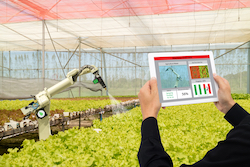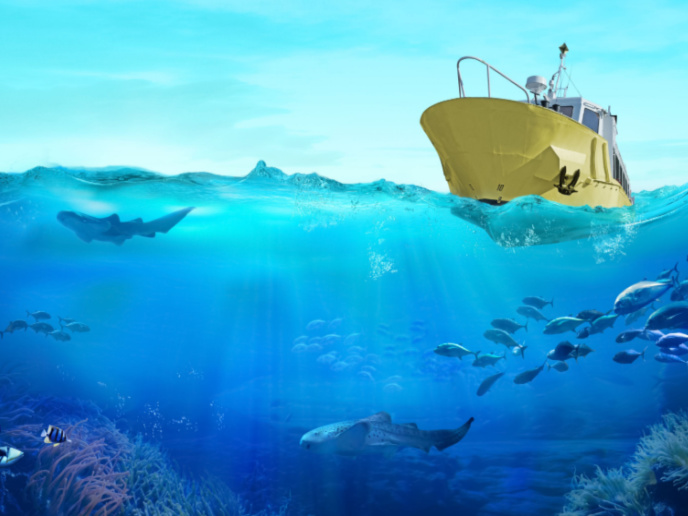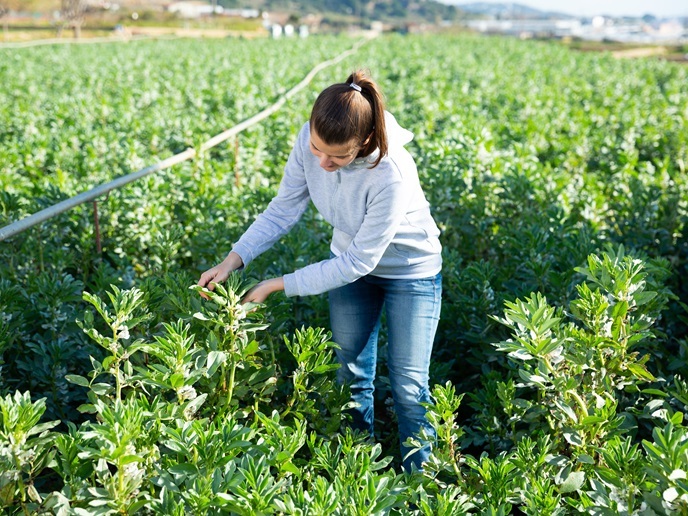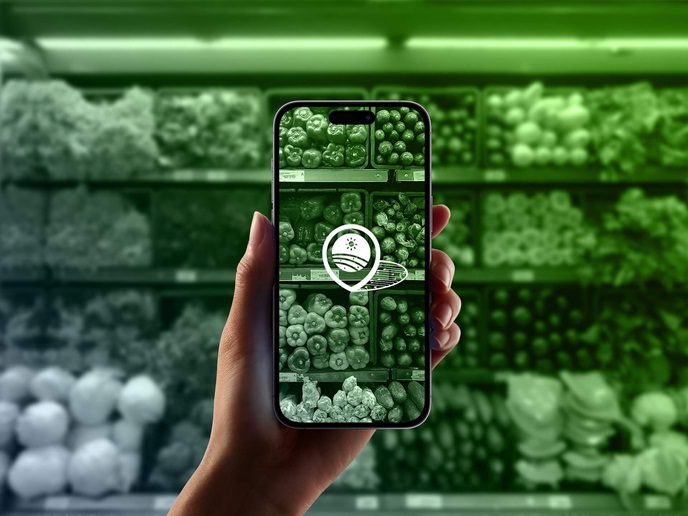Internet of things plays a key role in precision farming
Demand for food continues to grow, resulting in the intensification and industrialisation of the agricultural sector. But technology can help. From food security to environmental protection, the internet of things has immense potential when it comes to the production and distribution of food, a fact the EU’s IoF2020 project has been quick to embrace. “The IoF2020 project, as large-scale pilot, is attracting the interest of external parties, SMEs, farmers, universities, machinery manufacturers, IT companies, along with regional authorities and policy makers. All of the participants are part of the IoF2020 ecosystem,” explains Mr François Lienard, Communication & Dissemination manager. From start to finish, IoT makes things more efficient The benefit of useful data can be felt across the industry. In the wine optimisation use case, several sets of data are extracted from different fields such as weather data, rain density, soil humidity, leaf coloration, insect density. The data sets are then compiled on a dashboard which the farmer can use to gain insights to help them work more efficiently, and with a faster reaction time. As Lienard explains, “This works in wineries where sensors and spectrometers measure the wine fermentation and temperature in real time and are able to alert the wine maker immediately. This saves crucial time and effort compared to classic, laboratory analysis.” In arable fields, IoT sensors connected to a specially designed interfaces will tell farmers if the soil contains enough humidity, helping them to decide if they should water the crops or not and target irrigation just where it is needed. Similarly, when it comes to the health of the crop, spectrometry will tell them if a disease is on the verge of spreading in a field, and where exactly the outbreak is. Farmers can find out if they should just treat a small fraction of the field and can do so before the disease has even started spreading. “This type of technology is used in all our use cases(opens in new window) and in other similar initiatives. IoF2020 is an ‘innovation action’(opens in new window) which means that the solutions we are developing should be market-ready at the end of the project in 2020.” The project is keen to find those market solutions: it has close to 90 deployment sites all over Europe developing, testing and validating them. Those involved in the use cases are coordinated by a project leader and each use case focuses on testing the IoT solutions applicable to the challenges their sector has to deal with. The project is harnessing the insight from a wide range of experts. “Farmers are involved, along with research centres, larger industries and innovative SMEs,” explains Lienard. “The aim of IoF2020 is to cover the whole agri-food value chain so also actors in the field of distribution & logistics are involved and targeted.” A changing legal framework Data use and storage is currently at the heart of the debate at EU level. “We can work on business models which are beneficial for every party and use these results to help shape upcoming regulation,” says Lienard. Results are more than satisfactory and IoF2020 is set to increase its outreach and impact as it incorporates new members at the start of 2019. This will bring new use cases and countries into the project, and potentially, new agri-food sectors.







